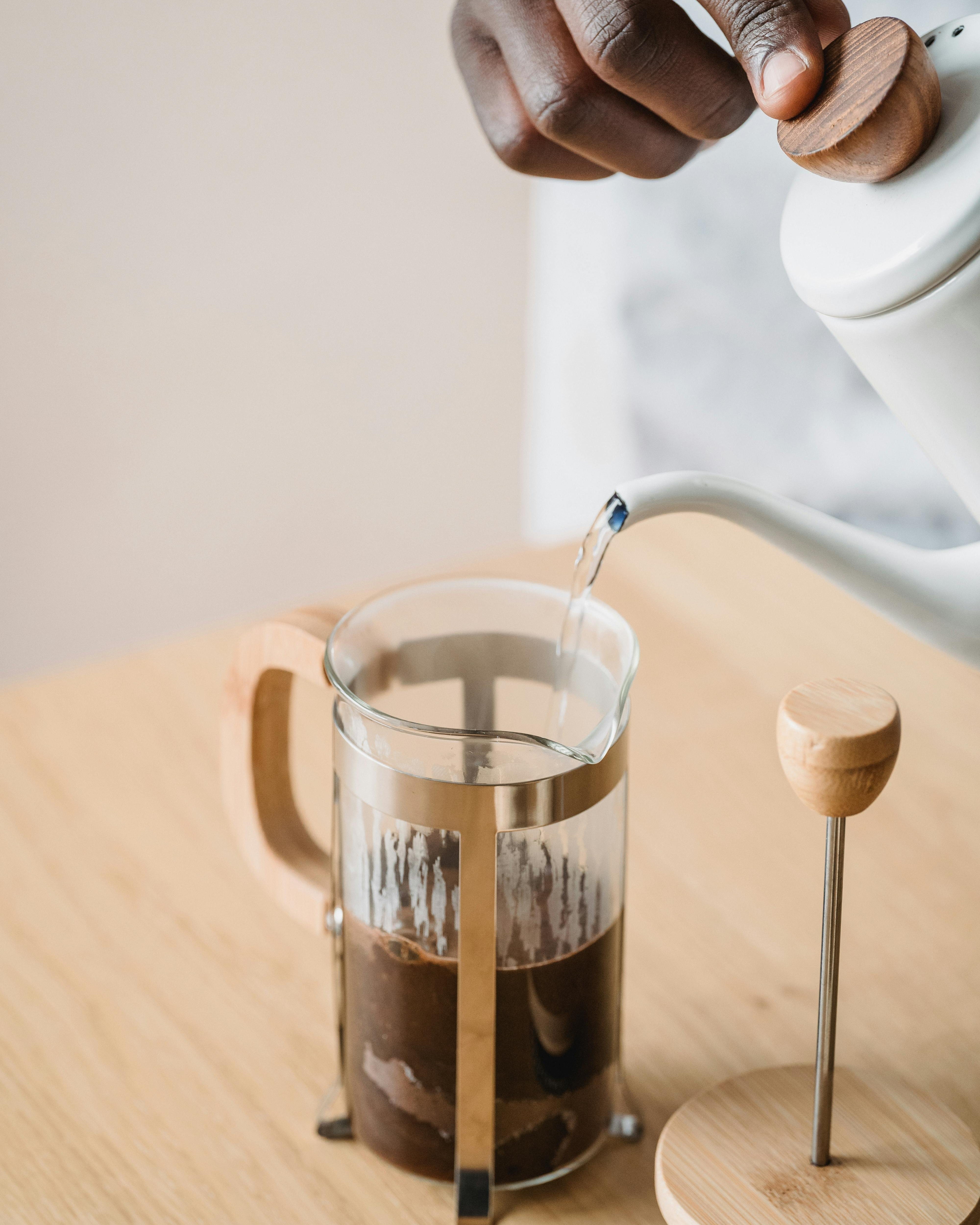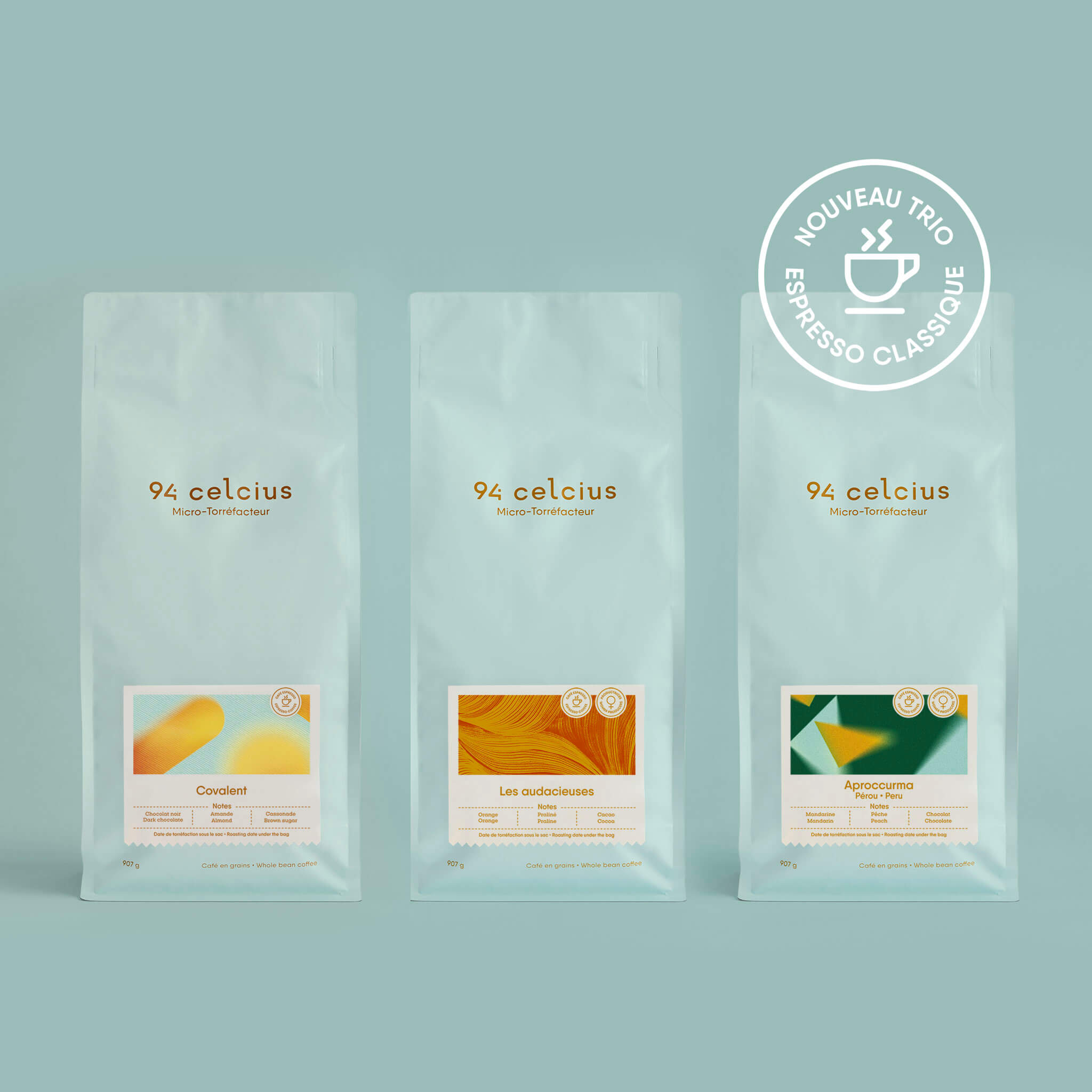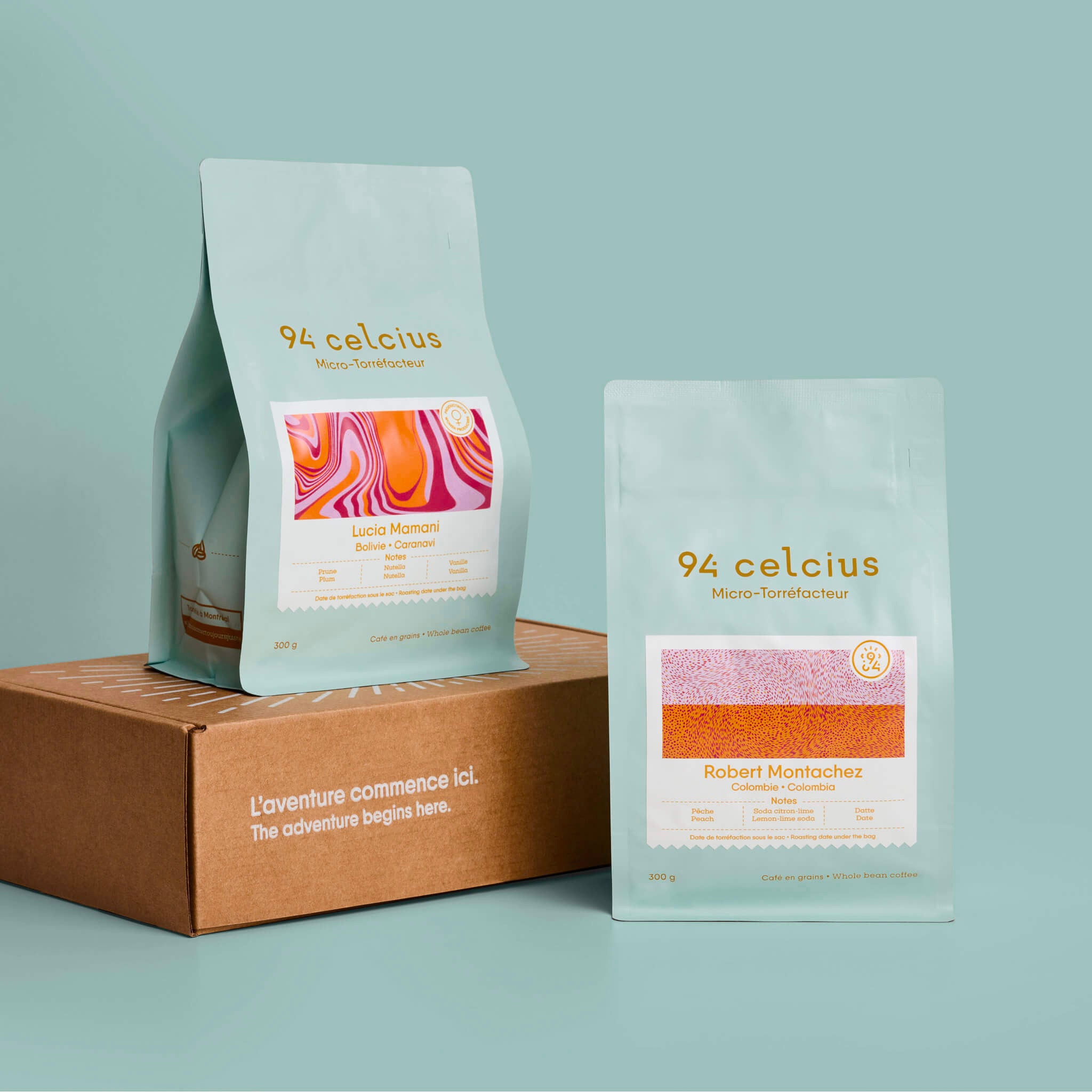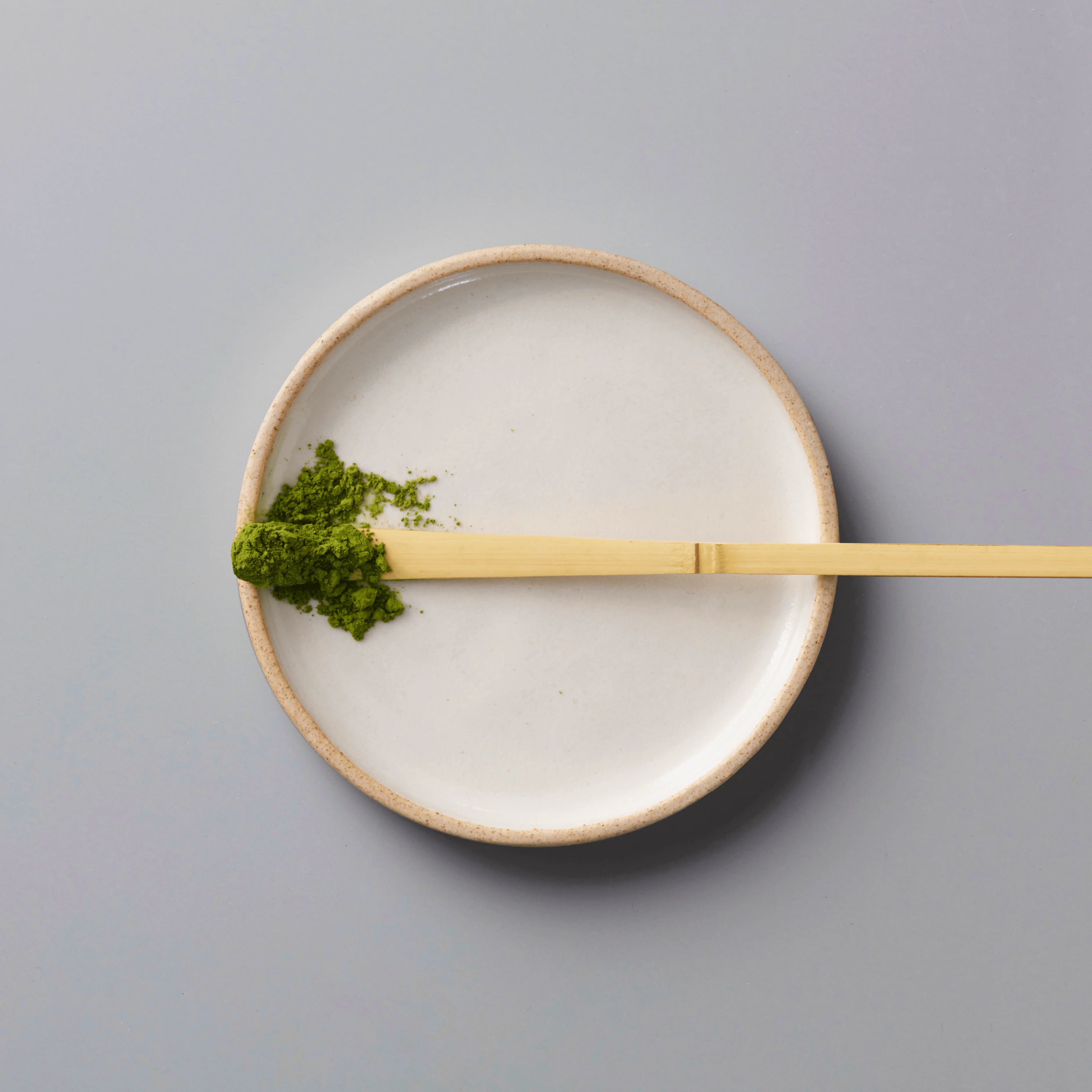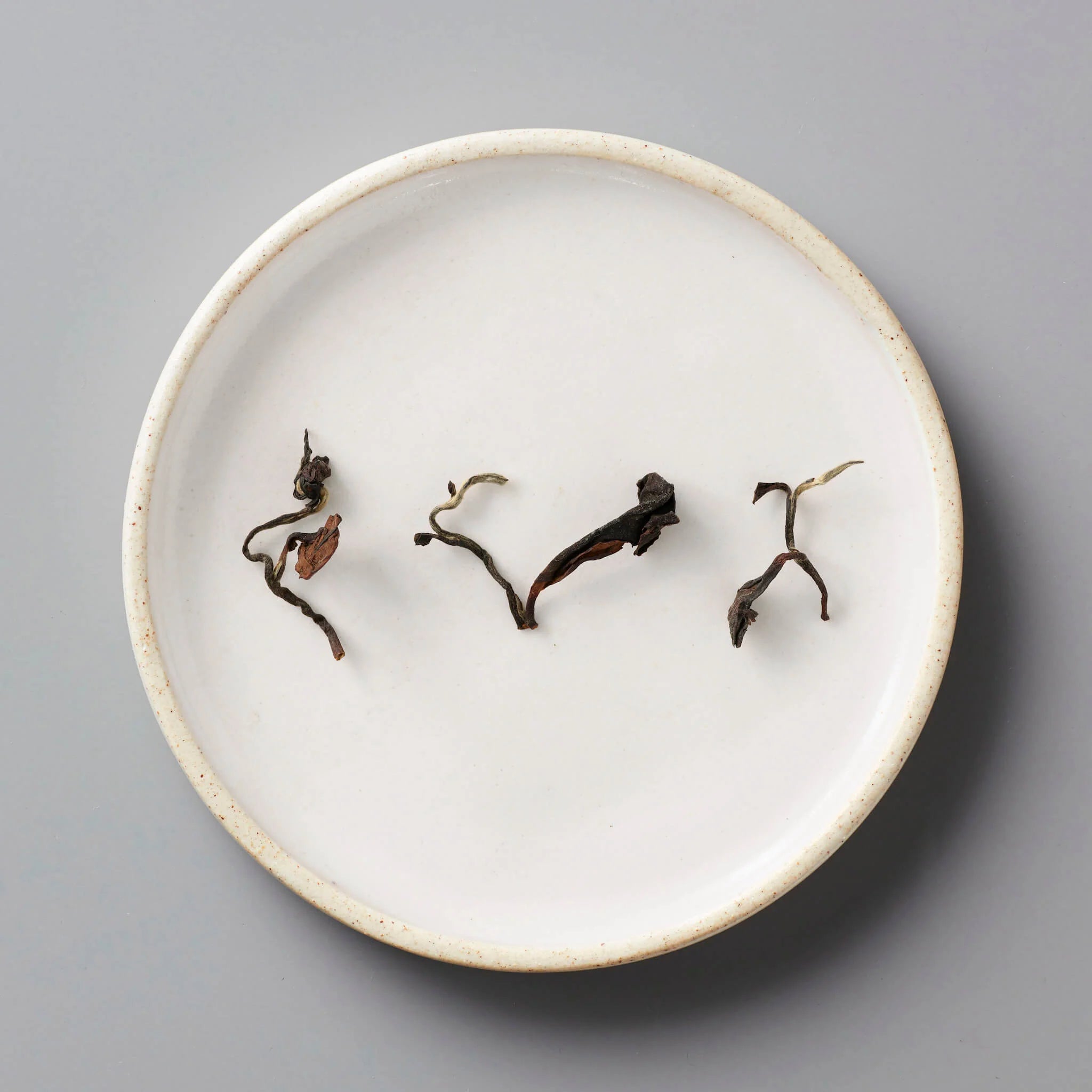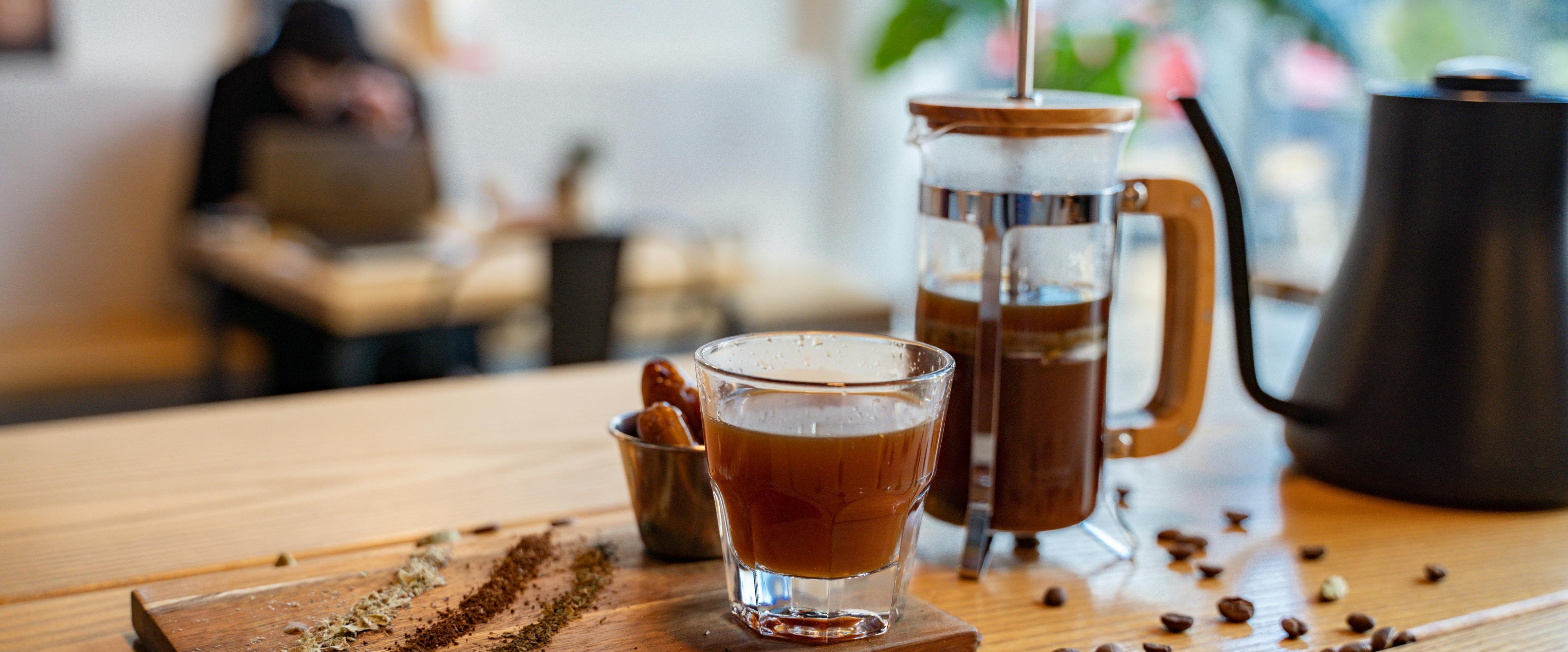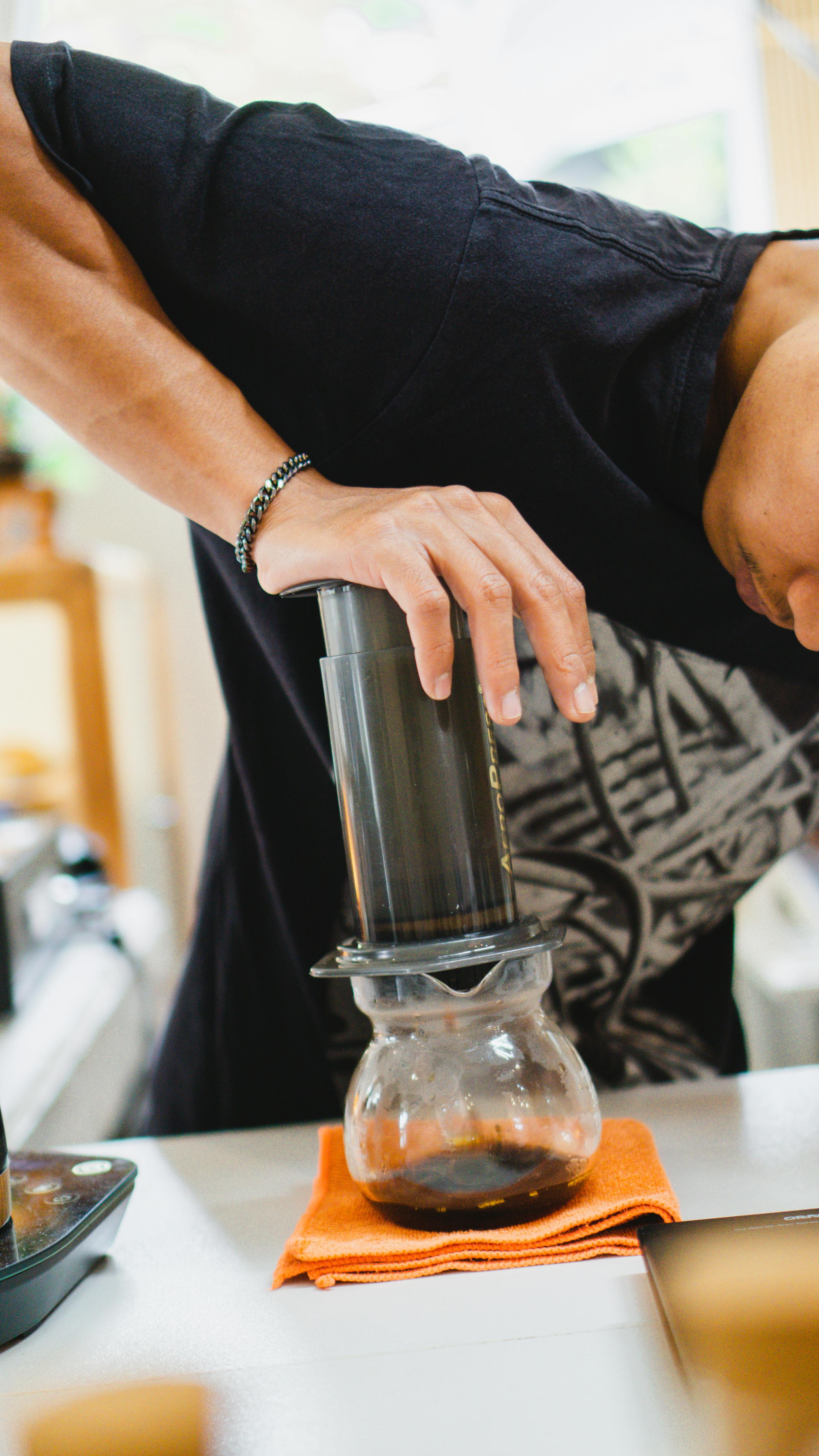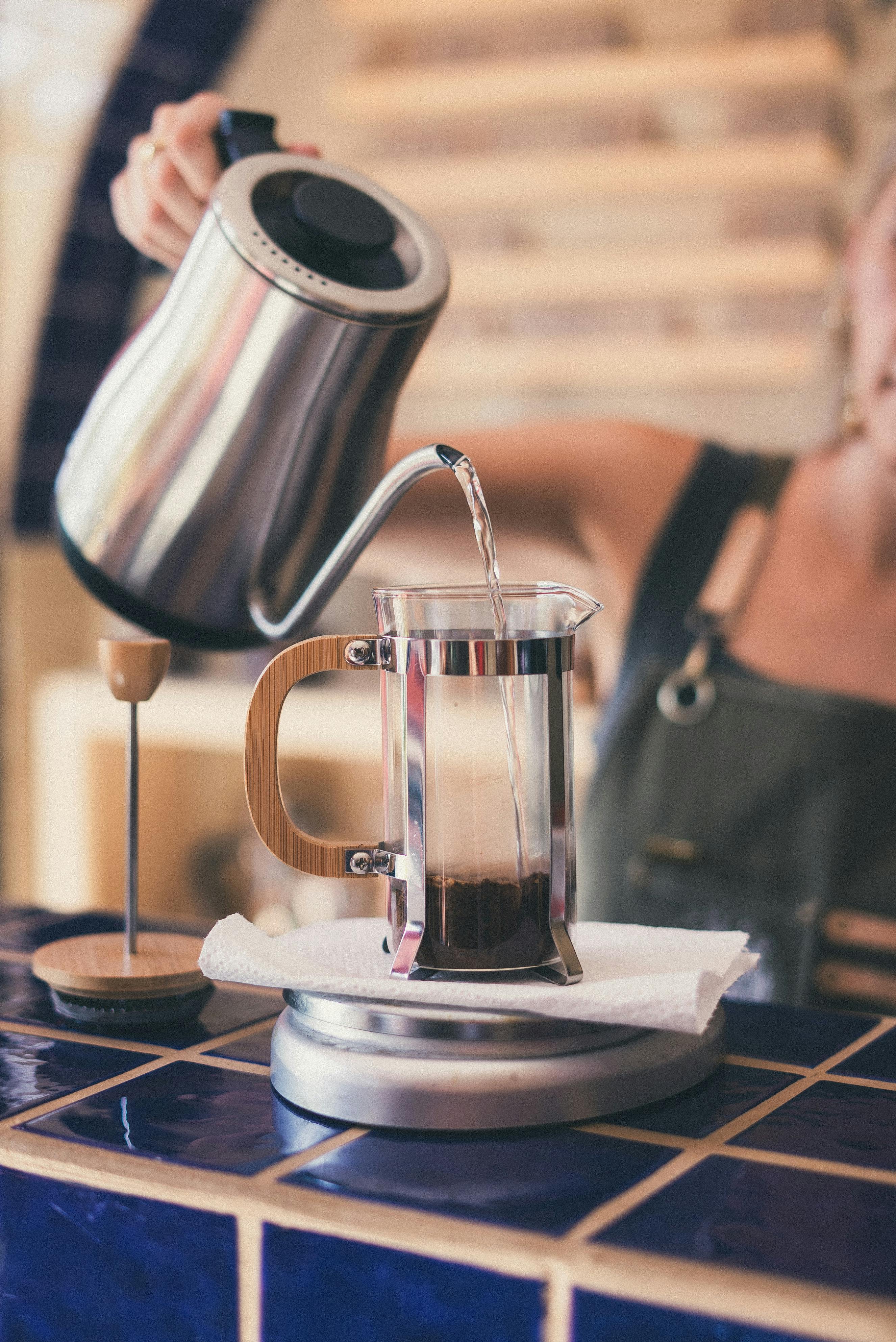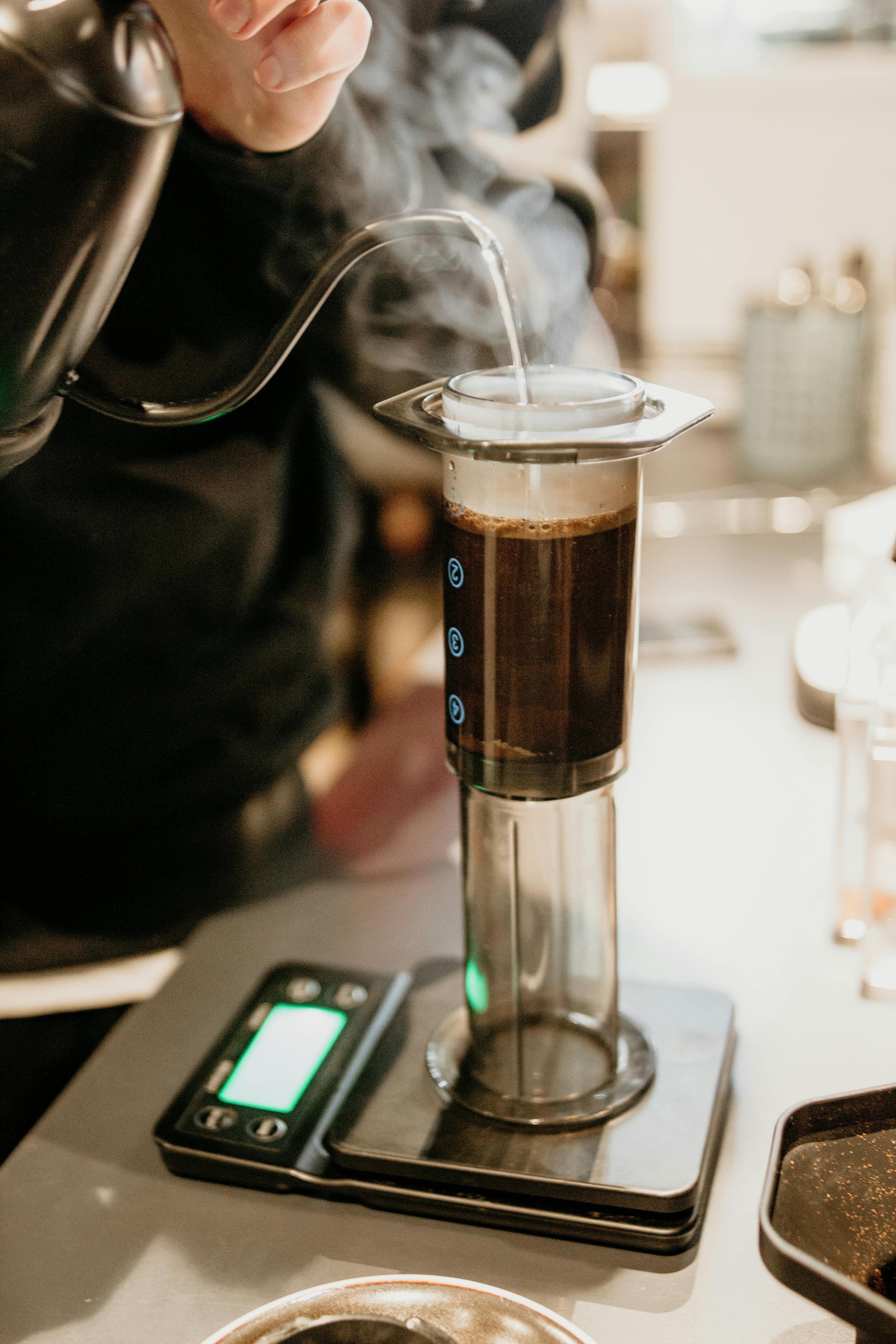You have just received your precious bag of 94 Celcius coffee and you have a whole bunch of questions?
Our Getting Started in Coffee series is here to help you take your first steps into the world of specialty coffee. We’ll cover topics like storage, extraction , and roasting basics, among others.
Welcome, and above all, don't hesitate to ask us your questions!
There are 2 main families of extractions: manual extractions (also called filters) and espresso extractions. Even if you bought a bag stamped “ filter ”, you can extract it into espresso (with perhaps a little more difficulty, we will see that in our next article), and vice versa! Go with your taste!
The world of manual extractions is vast and complex. It includes pour over extractions, immersion extractions, and everything in between. It is a world where many parameters come into play to create all sorts of recipes: the classics such as the fineness of the grind or the temperature of the water, but also the more original ones such as the time between each pour of water or the stirring or not.
In this article, we present the immersion method as well as the Aeropress and the French press (or French press), the 2 best-known objects.
